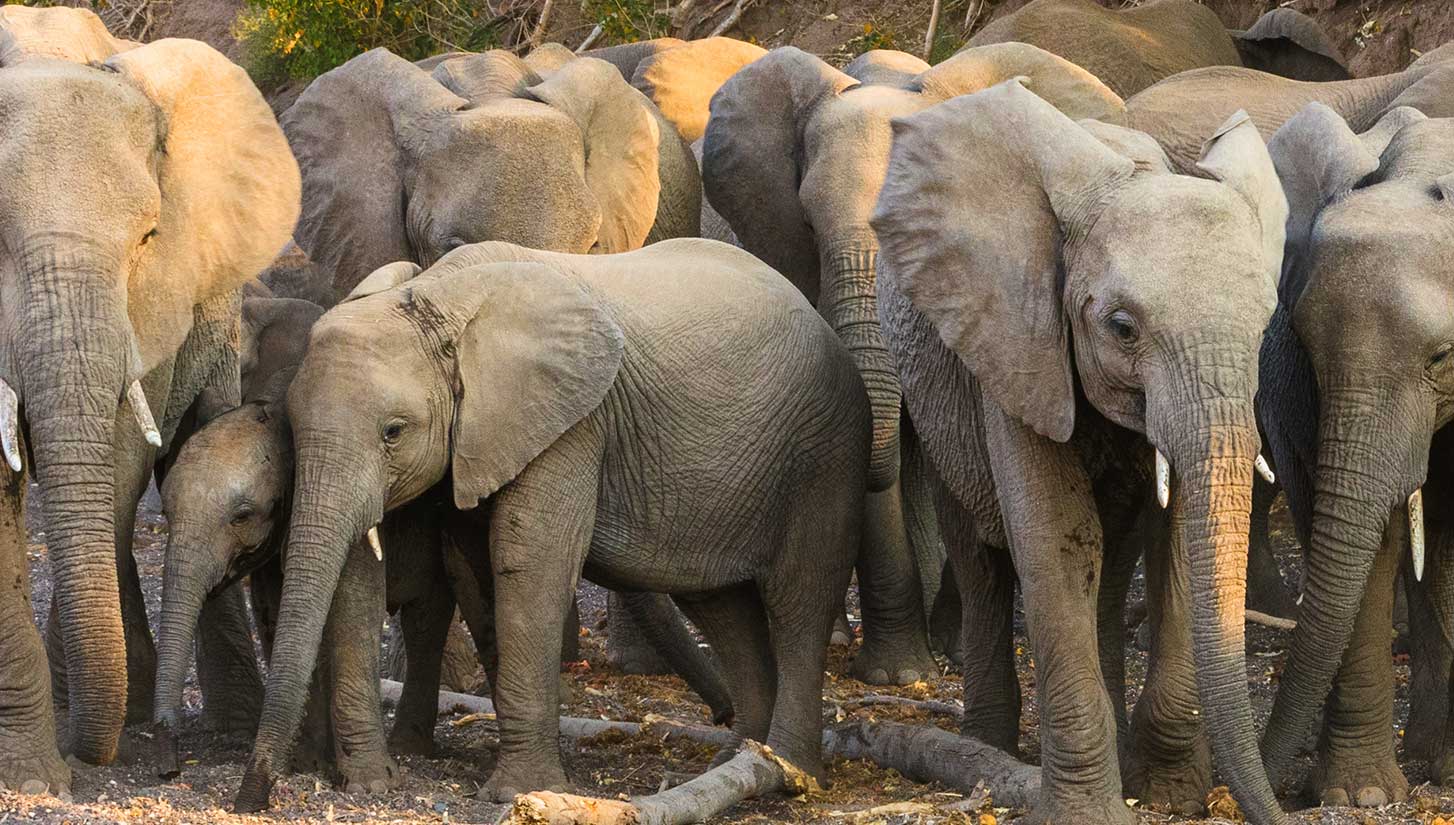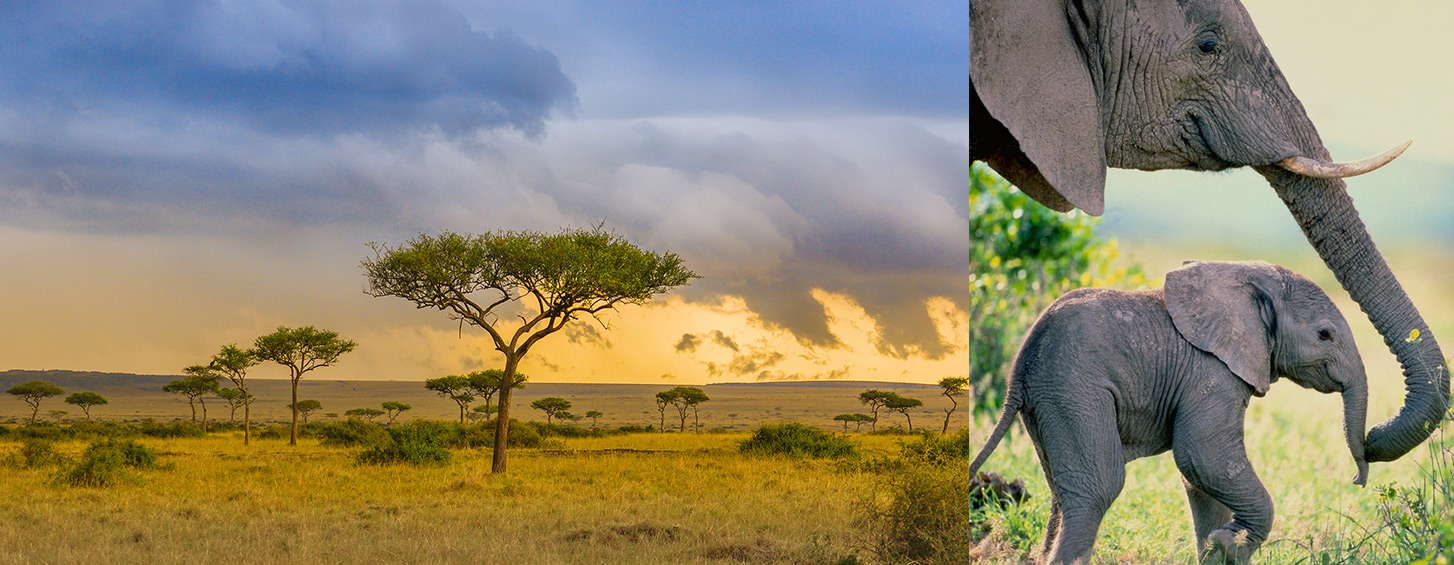
The Fate Of Elephants Rests In Our Hands
Elephants are the one of the most iconic and intelligent animals in the world. They build lifelong bonds with their family members and even mourn their dead. Once common throughout Asia and Africa, elephant populations over the last century have taken a devastating hit as poachers slaughter one elephant about every 15 minutes to fuel a massive and lucrative illegal ivory trade.
African elephants are the largest land mammal in the world and are distinguished by their large body and ears, long trunk and tusks that are present in both males and females. Asian elephants in comparison are smaller in size both in the body and the ears and only some male Asian elephants have tusks. Both species however are all roaming animals that travel in herds and require substantial amounts of food, access to water and unfettered land and safe corridors in order to thrive in the wild.
Both species of elephant are suffering. It is thought that there were as many as 3-5 million African elephants in the 1930s and 1940s. But in the wake of extensive killing their numbers have been falling dramatically all across the continent. In 2012 alone, 30,000 African elephants were illegally slaughtered for their tusks. Today, the number of African elephants in the wild is estimated to be only around 470,000.
The Asian elephants’ plight is even more serious. Considered endangered, it is estimated that only about 20,000-25,000 Asian elephants exist in the wild today.
The two greatest threats to these important animals continue to be poaching and habitat loss. As long as the illegal trade in ivory is allowed to continue we will continue to lose these precious animals. If we cannot protect the world’s largest terrestrial mammal, what does that say about our ability to protect our other wildlife? The fate of elephants rests in our hands, and the continued demand for ivory products places this species in ongoing danger.

The need for action is urgent. If we don’t act now to support ivory bans on state, national and international levels, our kids and grandkids could live in a world where these majestic animals don’t exist in the wild; rather, where they learn about elephants from picture books and documentaries.
